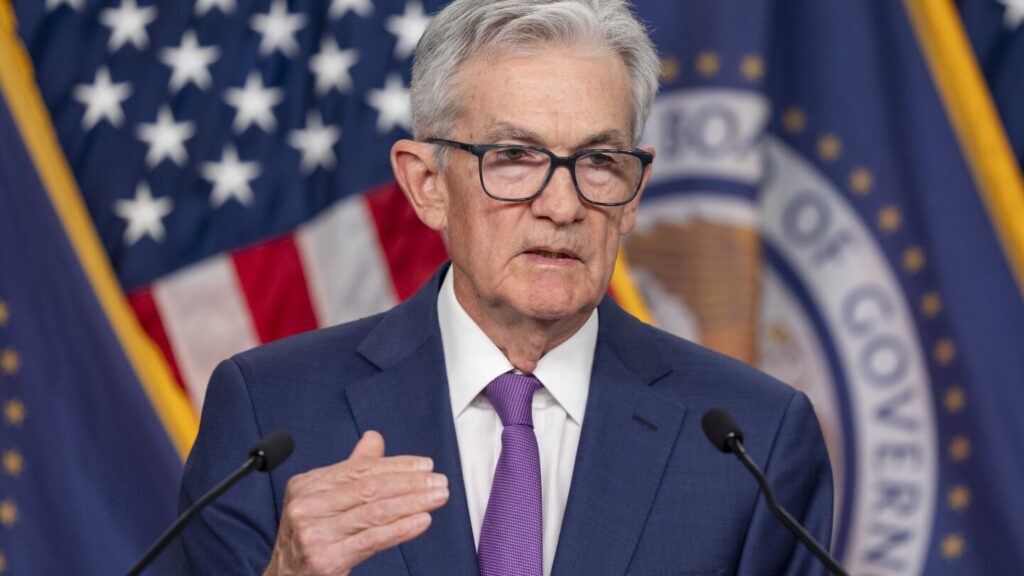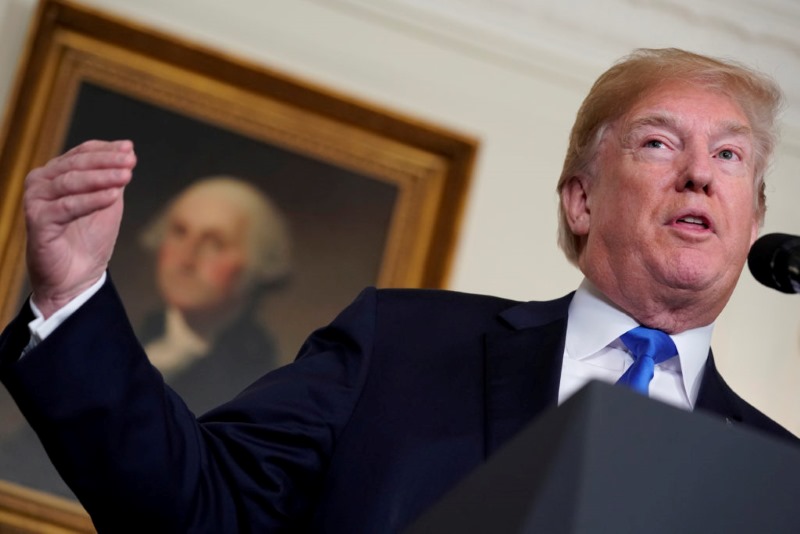Economy
Trump’s Bold Tariff Proposals Rattle Global Markets
President-elect Donald Trump’s bold tariff proposals unveiled plans to impose significant tariffs on Mexico, Canada, and China, shaking global markets. Trump’s decision comes as his first clear trade threats since winning the election, sending a strong message about his protectionist agenda. According to a post on Truth Social, Trump declared a 10% tariff on Chinese goods and a 25% tariff on all imports from Mexico and Canada.
Market Reactions: Dollar Strengthens, Peso and Loonie Fall
The financial markets reacted swiftly to the tariff announcement. The U.S. dollar gained strength, while the Mexican peso and Canadian dollar both dropped significantly. U.S. Treasury yields also saw an increase, partly reversing the market optimism that followed Scott Bessent’s nomination as Treasury Secretary.
Trump Uses Tariffs as Political Leverage
Trump’s tariff threats mark a sharp departure from the established global trade framework, where tariffs tend to be low and trade rules discourage punitive actions. The president-elect framed these tariffs as a necessary measure to curb illegal drug trafficking and migration, particularly focusing on fentanyl and illegal immigrants entering the U.S. “Until such time as they stop, we will charge China an additional 10% tariff on all of their products,” Trump said.
Tariffs Linked to Drug and Immigration Issues
Trump’s decision to impose tariffs also targets Mexico and Canada, linking the new measures to the ongoing flow of illegal drugs and migrants into the U.S. He promised to sign an executive order on his first day in office, declaring a 25% tariff on imports from both countries. The tariffs are seen as an attempt to address concerns over fentanyl trafficking and what Trump referred to as the “invasion” of illegal immigrants.

Jerome Powell Signals Gradual Rate Cuts Amid Strong Economy
Federal Reserve Chair Jerome Powell signals gradual cuts announced that the central bank plans to reduce interest rates. He emphasized that the US economy
Canada and China Respond Cautiously
Canadian Prime Minister Justin Trudeau responded by reaching out to Trump for discussions on border security and trade. Trudeau pointed out that the flow of migrants crossing from Canada is minimal compared to those from Mexico. Meanwhile, Chinese officials, while acknowledging cooperation on the fentanyl issue, warned that trade wars benefit no one. Liu Pengyu, spokesperson for the Chinese embassy, expressed caution regarding the tariff proposal.
Broader Implications for U.S.-Mexico-Canada Trade
The proposed tariffs could disrupt trade in various sectors, especially automotive manufacturing, with Mexico and Canada as key players. Canada is a major oil supplier to the U.S., making energy markets vulnerable to tariff impact. Analysts warn that the 25% tariff on Canadian energy products could raise energy prices significantly. This tariff could also strain U.S.-Canada relations and heighten trade tensions. The U.S.-Mexico-Canada trade agreement (USMCA) may face further complications due to these new tariffs.
Trump’s Tariff Strategy and Future Economic Impact
Trump’s new tariff measures form part of his broader campaign for aggressive trade policies. His prior proposals included a 60% tariff on Chinese imports. He also proposed a 20% tariff on goods from other nations. Experts expect his new strategy will ignite debates over its long-term economic consequences.


